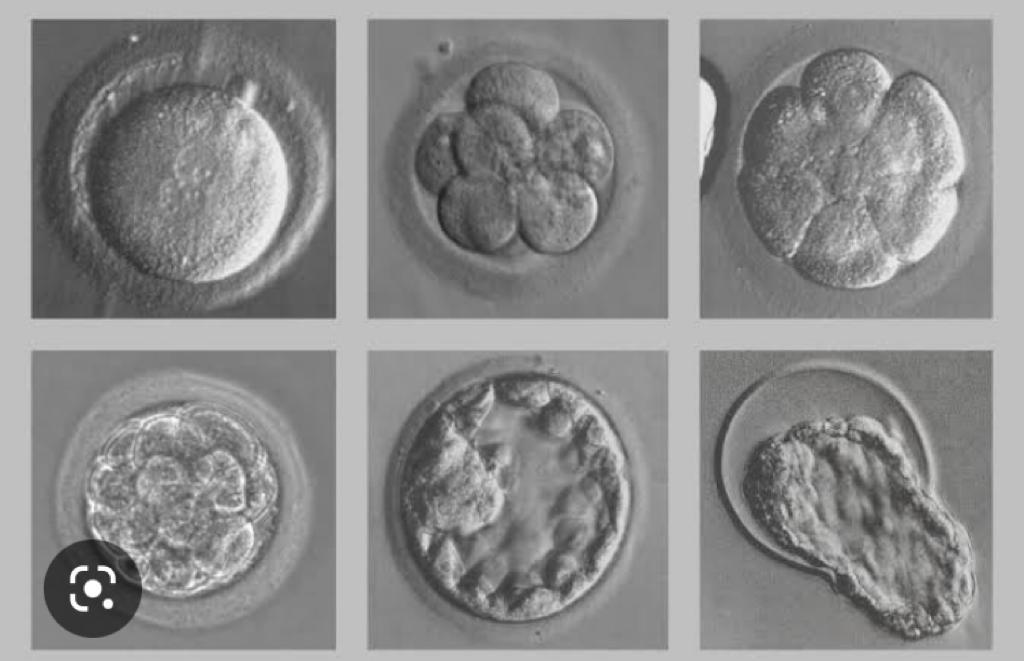Blastocysts are embryos cultivated in the laboratory for up to five or sometimes six days, as opposed to the normal two or three days used in conventional IVF procedures. Before embryo transfer, it is essential to let the embryos continue to grow to this stage since it is a spontaneous process of selection that reveals which embryos are the healthiest and have the highest probability of being successful.

In fact, the fertilization of the embryo occurs inside the fallopian tube during a natural conception, and the embryo does not enter the uterus until it reaches the blastocyst stage. Then implantation takes place when the blastocyst attaches to the uterine lining. Because of this, a blastocyst transfer can be better "coordinated" with the natural cycle of the mother. Thus, higher implantation rates are associated with blastocyst transfer procedures.
It is advantageous to develop embryos in the lab up to the blastocyst stage since this stage of development is more compatible with the uterine environment, increasing the likelihood of implantation. The incidence will reduce the incidence of multiple pregnancies since fewer embryos need to be replaced.
Blastocyst culture is an alternative option for couples who have unsuccessfully tried IVF or IVF-ICSI despite retrieving several good quality eggs. Couples with high-quality three-day embryos are also excellent candidates for blastocyst cultivation. These couples' chances of becoming pregnant would increase as a result of being able to choose the most healthy embryos in the blastocyst stage for transfer and implantation
Allowing the embryos additional time to mature in the IVF lab enable the embryologist to determine which ones are optimal for transferring so that just the handful that looks to have the best chance of successfully implanting are selected. This implies that only up to two blastocyst embryos usually are transplanted, with pregnancy rates more than 50 percent in individuals who grow healthy blastocysts.
It almost reduces the possibility of multiple pregnancies, like triplets or more, and has enabled us to develop a novel method for advising couples worried about multiple pregnancies. In addition, this approach has beneficial implications in settings like egg donation, when a significant number of excellent-quality embryos are usually accessible.
Embryo freezing is also the aspect of IVF therapy that is given the least amount of attention. There is a significant likelihood of pregnancy when a frozen embryo is transferred through blastocysts. One hitch is that there is no guarantee that sufficient embryos will be available for freezing.
However, this only occurs in a minimal percentage of situations (less than 10 percent), meaning that the embryos do not mature into blastocysts, resulting in no embryo transfer. This might be an indication that the embryos themselves have an inherent malfunction. When two blastocysts are available, it is best to utilize one and store the other in the freezer. On the other hand, the major downside is that all IVF facilities do not provide blastocyst culturing, and the procedure may be expensive.
Younger women with a strong chance of becoming pregnant after in vitro fertilization may benefit most from blastocyst cultivation.
If the female had developed high-quality embryos during a previous IVF procedure but did not implant them in the uterus, the doctor could advise the couple to consider blastocyst transfer.